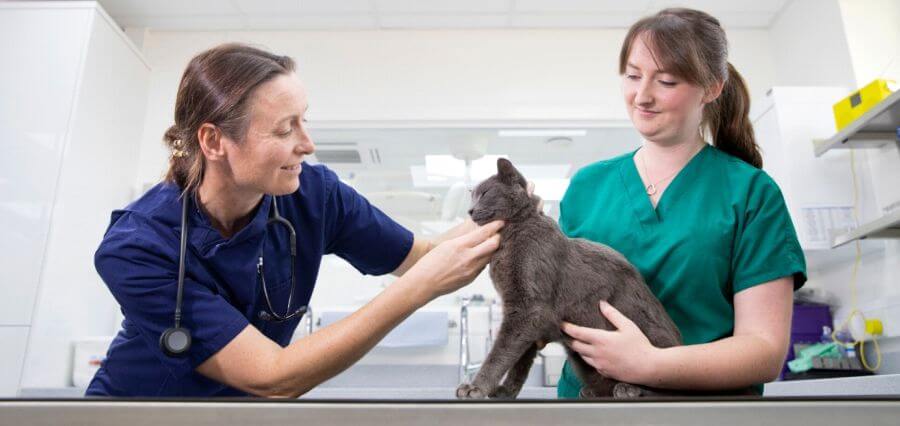Are you wondering what to do when a pet has an injury? Or do you feel confused about the first aid you should do on your pet?
Well, we’ve got you covered. From treating issues with missing limbs, poisoning, and bites, this pet owner’s guide to basic pet first aid will help guide you through what you need to know to help maintain the health and happiness of your animal(s).
We’ve got tips for everything: cats, dogs, hamsters, and even an iguana. So, read on and learn the basics of pet first aid today.
Learn to Recognize Signs of Distress
Signs of distress in pets can include panting, excessive drooling, restlessness, abdominal pain/distension, convulsions/tremors, and pale gums. Additionally, any sudden changes in behavior, such as decreased appetite or changes in vocalizations, should be taken seriously and monitored closely.
In the event of a suspected health-related issue, the pet owner should take immediate action to assess the severity of the situation and call their veterinarian for further advice.
Control Bleeding
Speak to your vet before doing anything, and do not use a human tourniquet. Use a clean piece of cloth or bandage to apply pressure to the wound, and if possible, use something to elevate the wound above your pet’s heart to help slow the bleeding. Each type of wound requires a different type of treatment, so it is important to speak to a vet to determine what is best for your pet.
Respond to Poisoning
Taking note of any unusual behaviors and noting changes in your pet’s eating, drinking, or elimination habits. If poisons have been ingested, it is essential to determine the source and type of poison. For household chemicals, read and follow the directions on the product label for the appropriate first aid measures.
If possible, try to keep the remaining product for identification. Contact your veterinarian or Animal Poison Control Center for help in diagnosing and treating the poison. Never induce vomiting unless directed to do so by a medical professional.
CPR And First Aid Certifications for Pet Professionals
First aid basics can be extremely helpful in an emergency situation and is an important step in saving your pet’s life. The basics, like performing cardiopulmonary resuscitation (CPR) and handling bleeding or shock, should be done correctly and in the right order and can save your pet’s life.
Furthermore, if you decide to become a pet professional, such as a pet groomer, vet tech, or kennel worker, being certified in pet first aid and CPR is beneficial to both you and your clients. Such certification shows that you are knowledgeable and dedicated to the safety of the animals in your charge, as well as being updated in pet first aid and CPR techniques.
Get informed and test now today for the health of your pet and your peace of mind.
Keep Your Pets Safe and Healthy with Basic Pet First Aid Knowledge
Basic pet first aid helps you prepare for common emergencies and allows for fast, effective treatment for your pet should an emergency arise. Taking some time to understand your pet’s health risks and learning basic first-aid techniques PetFriendly Paws Plus flea prevention can help you respond quickly and calmly in an emergency.
Review our pet owner’s guide regularly to keep your skills up-to-date – with this knowledge, you can help keep your pet happy and healthy for many years to come. Start by bookmarking our guide today!
If you enjoyed this article about pet first aid, please browse through the other great content on our site.





